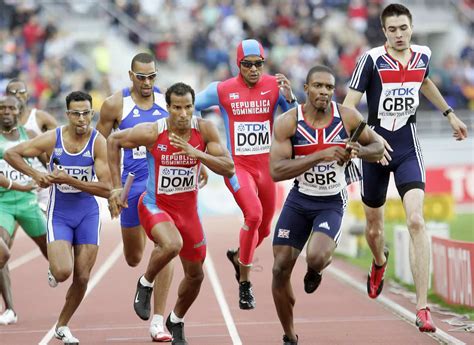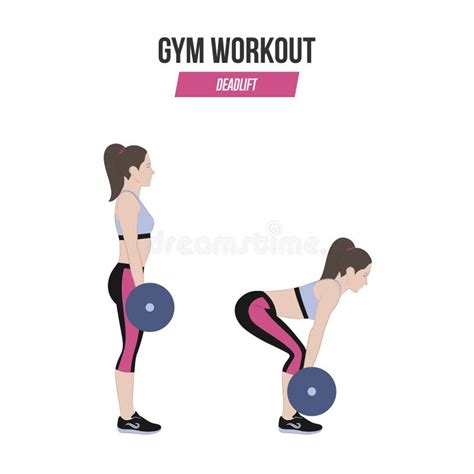How to effectively break strength plateaus for peak performance & muscle gains?

Understanding Strength Plateaus: The Wall Every Lifter Hits
Every dedicated lifter, sooner or later, encounters the dreaded strength plateau. This is that frustrating point where your progress grinds to a halt; the weights you’re lifting no longer increase, your reps don’t improve, and muscle gains seem to stall. While discouraging, hitting a plateau is a natural part of the fitness journey. It signifies that your body has adapted to the current stimulus, and it’s a signal to change your approach. Breaking through these barriers isn’t just about pushing harder; it’s about training smarter, re-evaluating your entire regimen, and optimizing various aspects of your lifestyle.

Strategic Training Adjustments to Reignite Progress
The core of overcoming a plateau often lies within your training program itself. Your body needs a new challenge to adapt and grow.
1. Master Progressive Overload (Beyond Just More Weight)
- Increase Resistance: The most straightforward method, but not always feasible. Try micro-loading if your gym has smaller weight increments.
- Increase Volume: More sets or reps (within a reasonable range) can add stimulus.
- Increase Frequency: Train a muscle group more often, allowing for more exposure to the stimulus.
- Increase Time Under Tension: Slow down your eccentrics (lowering phase) or pause at the bottom of a rep to make it more challenging.
- Decrease Rest Times: Shorter breaks between sets increase the intensity and metabolic demand.
2. Incorporate Deload Weeks
Sometimes, the solution is to temporarily do less. A deload week involves significantly reducing your training volume and/or intensity (e.g., 50-60% of your usual working weight for fewer sets). This allows your central nervous system and muscles to recover fully, preventing burnout and supercharging your return to heavy lifting with renewed strength.
3. Vary Your Exercises and Rep Ranges
If you’ve been sticking to the same few exercises for too long, your body might have become hyper-efficient at them. Introduce variations of primary lifts (e.g., sumo deadlifts instead of conventional, incline dumbbell press instead of flat barbell). Also, experiment with different rep ranges: if you always lift in the 8-12 rep range, try a few weeks of 4-6 reps for strength, or 15-20 reps for endurance and metabolic stress.
4. Focus on Technique and Form
Poor form can limit your ability to lift heavier weights safely and effectively. Record your lifts and review them, or ask a knowledgeable spotter for feedback. Perfecting your technique can unlock hidden strength, improve muscle activation, and prevent injuries that could further hinder progress. A slight tweak in grip, stance, or bracing can make a significant difference.

Fueling Your Gains: Nutrition and Hydration
Your diet plays an equally critical role in breaking plateaus. You can’t build a house without bricks, and you can’t build muscle without proper fuel.
1. Re-evaluate Caloric Intake
If your goal is muscle gain and strength, ensure you are in a slight caloric surplus. Being in too much of a deficit, or even at maintenance, can impede recovery and limit your ability to push harder in the gym. Conversely, if you’ve gained excessive body fat, a mini-cut might be necessary to improve insulin sensitivity and reduce inflammation, which can indirectly aid strength.
2. Optimize Macronutrient Balance
- Protein: Crucial for muscle repair and growth. Aim for 1.6-2.2 grams per kilogram of body weight.
- Carbohydrates: Your primary energy source for high-intensity workouts. Don’t skimp on quality carbs, especially around your training window.
- Fats: Essential for hormone production and overall health. Include healthy fats in your diet.
3. Stay Adequately Hydrated
Dehydration can significantly impair performance, strength, and cognitive function. Make sure you’re drinking plenty of water throughout the day, especially before, during, and after workouts.

The Unsung Heroes: Recovery and Lifestyle Factors
Training hard is only half the battle. What you do outside the gym often determines your ability to recover and perform.
1. Prioritize Quality Sleep
Sleep is when your body repairs and rebuilds. Aim for 7-9 hours of high-quality sleep per night. Poor sleep can elevate cortisol, impair recovery, and reduce strength and endurance.
2. Manage Stress Levels
Chronic stress, whether physical or mental, can elevate cortisol levels, hindering muscle growth and recovery. Incorporate stress-reducing activities like meditation, yoga, or spending time in nature.
3. Active Recovery and Mobility Work
Light activity, such as walking or cycling, on rest days can aid blood flow and reduce muscle soreness. Incorporate stretching, foam rolling, and mobility drills to improve range of motion and prevent imbalances.

Advanced Strategies and Mindset Shifts
Once the basics are covered, you can explore more advanced techniques and adjust your mental approach.
1. Incorporate Advanced Training Techniques
Carefully add techniques like:
- Drop Sets: After reaching failure, immediately reduce the weight and continue for more reps.
- Supersets/Giant Sets: Perform two or more exercises back-to-back with no rest.
- Rest-Pause: Perform a set to failure, rest for a short period (10-20 seconds), then perform more reps with the same weight.
- Periodization: Systematically varying training variables over time (e.g., block periodization for strength, hypertrophy, and power).
2. Embrace the Mental Game
Sometimes, a plateau is as much mental as it is physical. Believe in your ability to break through. Visualize success, stay consistent, and celebrate small victories. Don’t let a temporary stall define your long-term progress.

Conclusion: Consistency, Patience, and Smart Training
Breaking strength plateaus requires a holistic approach. It’s a combination of intelligently manipulating your training variables, meticulously fueling your body, prioritizing rest, and maintaining a positive mindset. Remember that progress isn’t always linear. By systematically applying these strategies and staying consistent, you’ll not only overcome your current plateau but also build a resilient foundation for continuous peak performance and impressive muscle gains.






